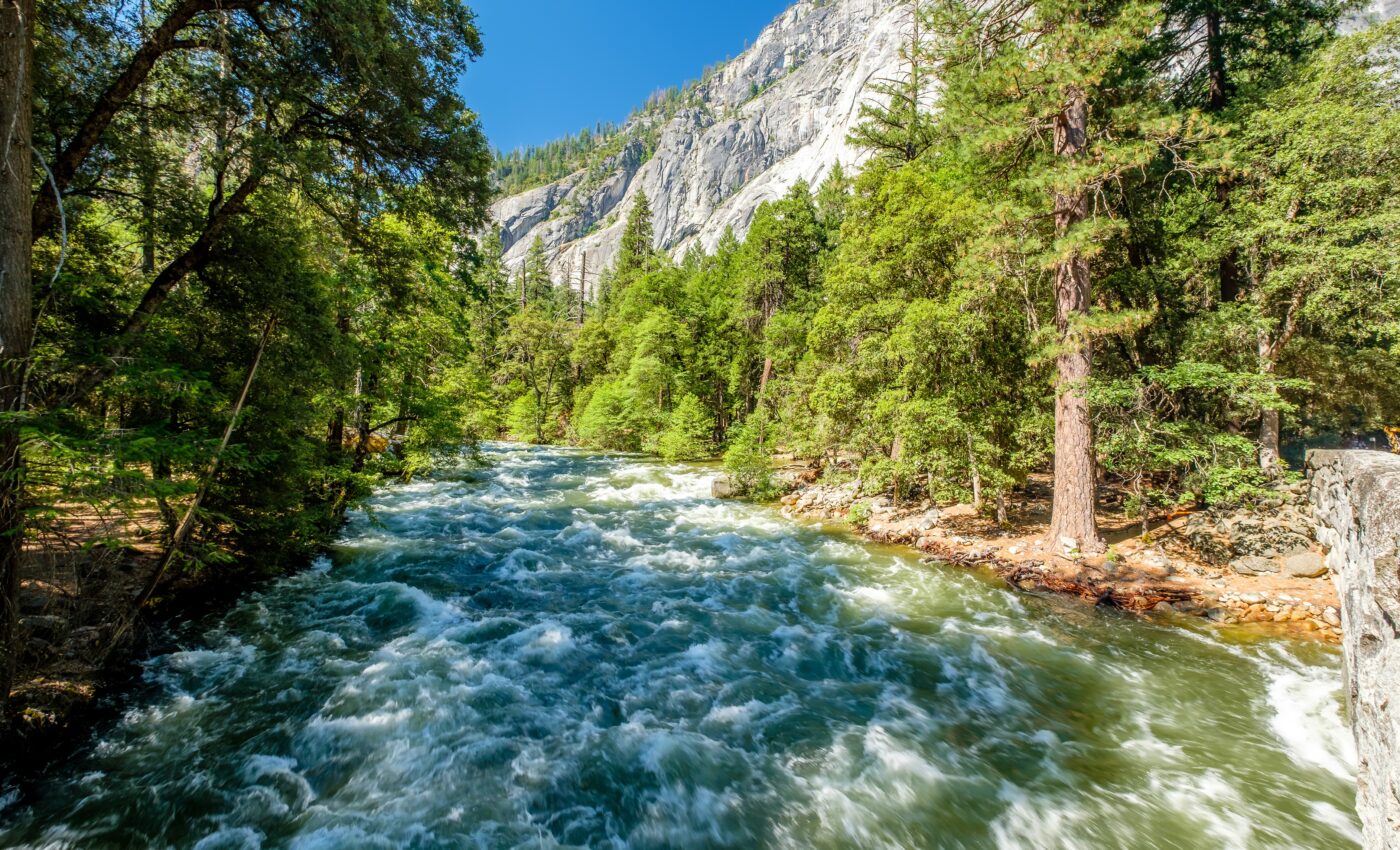
What is actually protected by the Clean Water Act?
In a new study led by UC Berkeley, researchers have used machine learning to precisely determine which waterways fall under the protection of the Clean Water Act.
The research is particularly relevant in the context of evolving presidential administrations and regulatory decisions. It sheds light on the extent of protection afforded to the United States’ vital water resources.
Clean Water Act spurs ongoing debate
The Clean Water Act of 1972, a key element of U.S. environmental legislation, was designed to protect the “waters of the United States.”
However, the Act does not explicitly define the streams and wetlands it encompasses, leading to varying interpretations by successive administrations, regulators, and courts.
As a result, the exact scope of the Act’s protection has been a subject of ongoing debate and legal contention.
The ambiguity of the Clean Water Act was starkly highlighted by a rule enacted under the Trump administration in 2020, which significantly scaled back its protections.
According to the UC Berkeley study, the Trump administration rule effectively removed Clean Water Act protections for approximately one-fourth of U.S. wetlands and one-fifth of U.S. streams.
The research also indicates that 30% of watersheds supplying drinking water to households were deregulated under this rule.
New approach to the Clean Water Act
Previous analyses of the Clean Water Act had relied on assumptions based on geophysical characteristics of streams and wetlands.
Instead, the Berkeley team trained a machine learning model on 150,000 jurisdictional decisions made by the Army Corps, each interpreting the Clean Water Act for specific sites and rules.
This approach was more data-driven and precise compared to the methods the EPA and Army Corps of Engineers previously labeled as “highly unreliable.”
“Using machine learning to understand these rules helps decode the DNA of environmental policy,” said study co-author Professor Joseph Shapiro. “We can finally understand what the Clean Water Act actually protects.”
Troubling study results
The study revealed that the 2020 Trump administration rule deregulated a staggering 690,000 stream miles.
This amount is equivalent to more than every stream in California, Florida, Illinois, New York, Ohio, Pennsylvania, and Texas combined.
In addition, the deregulated wetlands under this rule had previously provided over $250 billion in flood prevention benefits.
Simon Greenhill, a PhD candidate at UC Berkeley and co-author of the study, highlighted the broader implications of these regulatory shifts.
“This game of regulatory ping-pong has staggering effects on environmental protection.”
Safety and economic benefits
The machine learning model not only provides insights into environmental protection but also offers potential economic benefits.
The study estimates that this methodology could save over $1 billion annually in permitting costs by providing immediate estimates of regulation probability, thus streamlining the often lengthy and uncertain process.
The research gains additional relevance in the context of recent policy changes. The Biden White House rule of 2023 expanded the jurisdiction of the Clean Water Act, a move followed by the Supreme Court’s 2023 Sackett decision, which then contracted it.
The Berkeley team’s machine learning approach can help to clarify the scope of these and future regulatory changes, offering a much-needed tool in understanding and implementing one of the nation’s key environmental protections.
The study is published in the journal Science.
—–
Like what you read? Subscribe to our newsletter for engaging articles, exclusive content, and the latest updates.
—–
Check us out on EarthSnap, a free app brought to you by Eric Ralls and Earth.com.













